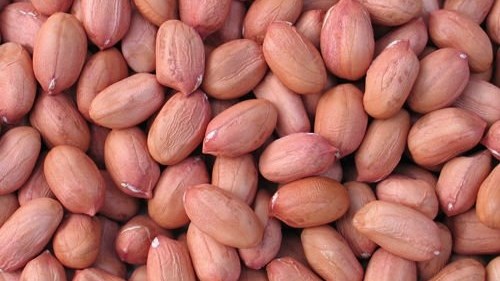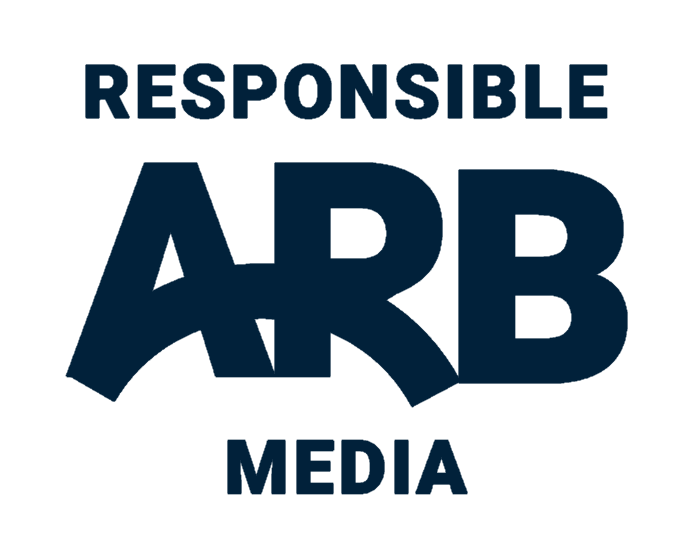Agriculture
#Agbiz: SA summer crop production estimates lifted from February levels─── 05:00 Tue, 05 Apr 2022

As usual on the Agri Hour, Wandile Sihlobo, chief economist at the Agricultural Business Chamber of South Africa, Agbiz, provides a weekly insert about the latest on the global as well as South African agricultural markets.
He also provides more information about the latest developments in the agricultural sector.
See PODCAST below
This week, Sihlobo talks about South Africa’s summer crop production estimates that have been lifted from February levels.
“At the end of March, we received further confirmation that South Africa's summer crop is not as bad as some might have feared at the start of the 2021/22 production season when heavy rains threatened the yields. The data released by the Crop Estimates Committee (CEC) showed overall improvements in most crops production estimates from the February figures.
ALSO READ: Winter crop season to start soon
“For example, the maize harvest was lifted by 1% from the February estimate to 14,7 million tonnes, down 10% year-on-year (y/y). This is a decent harvest, well above the 10-year average of 12,8 million tonnes and annual maize consumption of 11,8 million tonnes.
“About 7,6 million tonnes is white maize and 7,1 million tonnes is yellow maize. The yearly decline is mainly due to a reduction in area plantings and expected lower yields in some country regions.
“Notably, South Africa will likely remain a net exporter of maize in the 2022/23 marketing year, which starts in May,” says Sihlobo.
ALSO READ: SA agriculture register an 8% y/y expansion in 2021
With that being said, he adds that soybean's 2021/22 crop was lifted by 4% from February, estimated at 1,9 million tonnes, the second-largest harvest (down by 1% y/y). The expansion in area plantings and expected better yields in some country regions are the major factors behind these expected relatively large harvests.
“The 2021/22 sunflower seed production estimate increased by 5% from the previous month to 959 450 tonnes (up 42% y/y). This is also the second-largest harvest, primarily due to an expansion in area plantings and expected better yields in some regions.
“The improvement in the sunflower seed harvest, and indeed, the entire vegetable oils market, comes at an opportune time when there are worries that there could be supply constraints in the coming months in the global market.
“The Russian invasion has devastated Ukraine's exports and agricultural activity, thus limiting sunflower oil exports. Additionally, there were pre-existing supply challenges in the vegetable oils market caused by a poor palm oil harvest in Indonesia due to dryness. Therefore, the increase in domestic output will slightly lessen South Africa's reliance on imports, although there will likely still be significant volumes of palm oil imports.
“Other crop production estimates lifted from February are groundnuts, up 7%, to 74 250 tonnes (up 15% y/y). Meanwhile, dry beans production estimates are unchanged from the previous month, at 59 690 tonnes (up by 4% y/y).
ALSO READ: lobal maize harvest is still at decent levels
“Sorghum is one of the only crops that experienced the sharpest decline, with the crop estimated at 137 220 tonnes, down by 36% y/y. This is below the 10-year average harvest of 150 990 tonnes, mainly due to declining area plantings as some hectares were switched to sunflower seeds, explains Sihlobo.
He further explains that this broadly optimistic production data will, nonetheless, have minimal impact on prices.
“As with the previous few years, the domestic grains and oilseeds prices primarily follow the global markets, where the Russia-Ukraine war worries continue to present upside pressures on prices, which reflect in the South African grains market.
“Still, the fact that supplies improved provides comfort as far as the availability of essential grains is concerned. The upside price movements bode well for farmers in areas that didn't experience much crop damage. They stand to benefit from slightly higher grains, and oilseeds prices and the higher prices are negative for consumers.
“With that said, the scale of the impact of these developments on South Africa's consumer food price inflation is yet to be precise; for now, we keep a close eye on them as upside risks and maintain a view that consumer food price inflation could average at 6,0% y/y (from 6,5% y/y in 2021).
“The base effects and possibly softer meat and fruit prices over the coming months will also play a constructive role in the consumer food price inflation path,” concludes Sihlobo.













